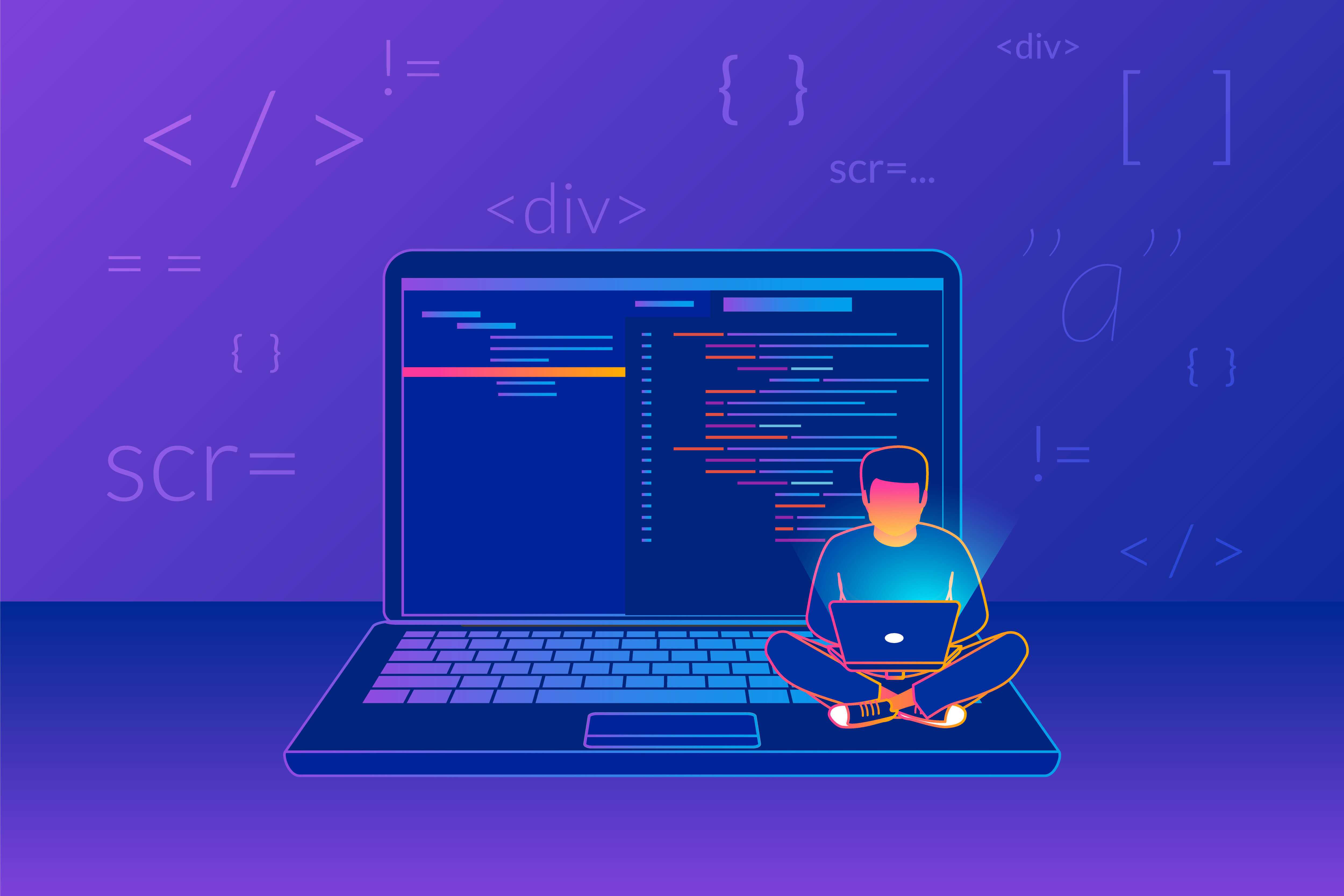Introduction
The demand for backend development has increased over the years by companies who want to create small or complex enterprise-scale applications.
Since this category of web development is highly in-demand, learning to code or program as a backend developer has proven to become a valuable skill in the field of software development.
In this article, we are going to demystify the concept of backend development and the steps to become one. We will give you practical guidelines on what you need to know to become a basic, intermediate and advanced backend developer.
Before we delve in, let's clear the air on what backend development is all about:
What Is Backend Development?
Backend development is a branch of software engineering that focuses on creating and managing the behind-the-scenes functionalities of any software application. It manages the numerous requests sent by the user from the frontend, interacts with databases, and responds with the requested data.
We can also say that backend development focuses on building the business logic of any application by responding to users' requests, and interacting with any data storage.
It does these operations in a fast, secure, and seamless way that the user will not even notice that there is a different layer of application handling all the requests.
Now that you know what backend development is all about, let's explore who a backend developer is and what they do.
Who Is A Backend Developer?
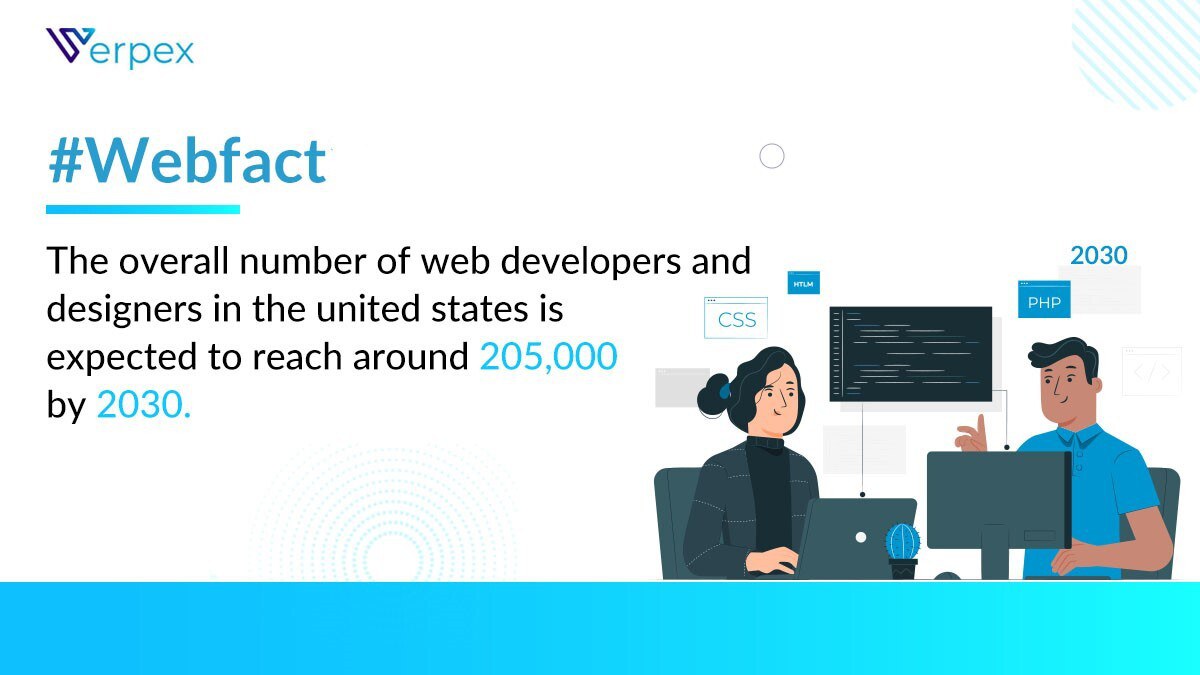
A backend developer is a skilled software engineer who is responsible for understanding, planning, and developing the server-side business logic of an application. A backend developer develops, manages, and maintains backend infrastructures to enable a smooth running of the frontend application.
This developer in conjunction with other team members is tasked with planning the software development approach. This involves choosing the best and most suitable technologies, tools, database tools, and the database design of the application at hand.
Companies are actively looking for talented backend developers who can develop scalable and resilient backend APIs (Application Programming Interface) to be used with either the web frontend or mobile frontend.
Key Steps To Become A Backend Developer
There are many approaches to becoming a backend developer and it's often beneficial to explore a few different ways to choose a particular approach that suits your personality.
Below, we are going to break down a general approach anyone can use to become a backend developer:
1. Know The Coding Basics
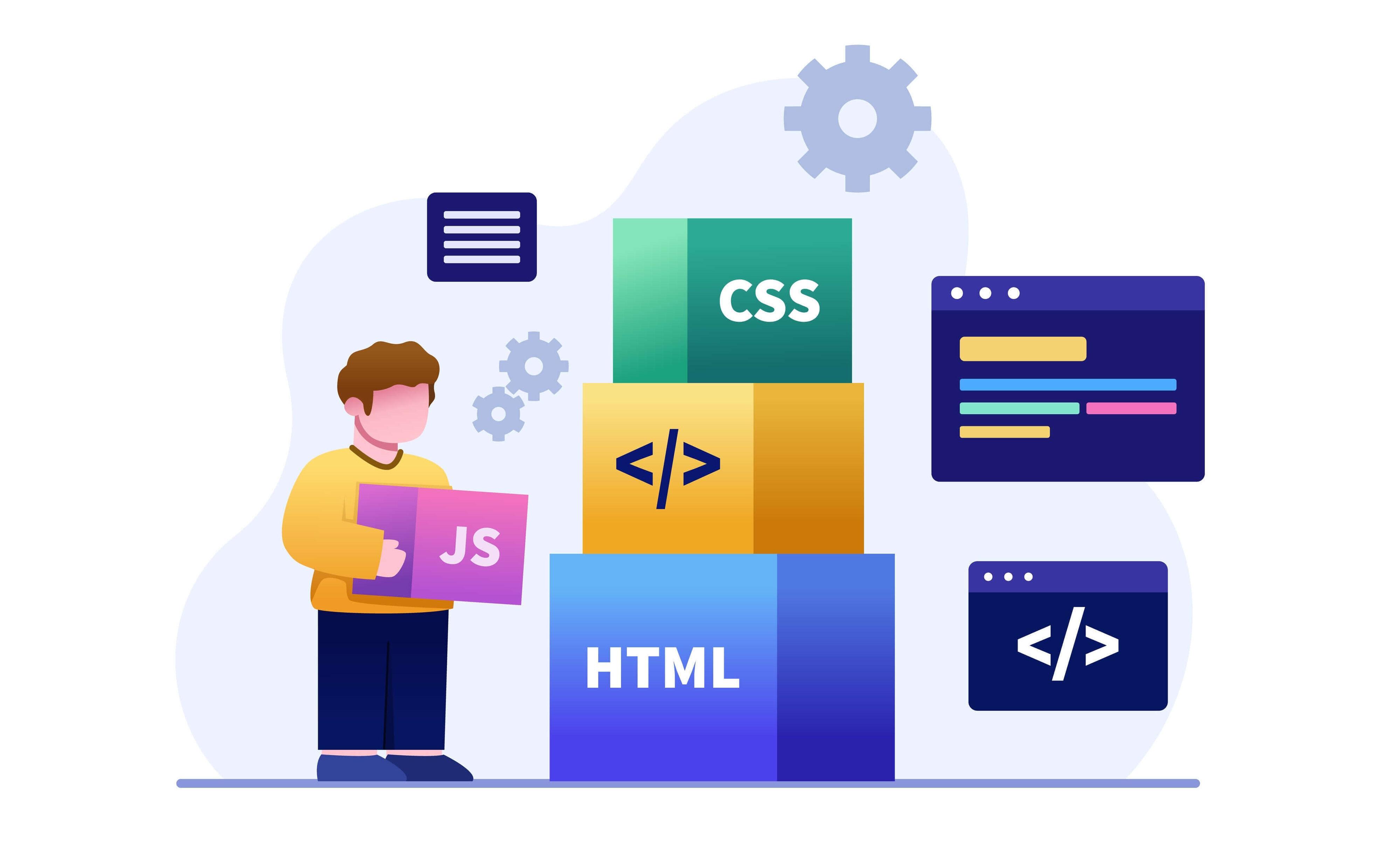
This is the single most important subject you could learn along with your career as a backend developer. Learning the basics of programming will expose you to a different aspect of software engineering and give you a wide array of information that will prove useful in the future.
Understanding general computer science, programming, and software engineering concepts is essential. But focusing on a few dedicated topics will help streamline your journey.
- Learn Basics Frontend Development
It is vital for any software engineer to learn the basics of frontend development. Learning how to create simple or even complex web pages using HTML, CSS, and JavaScript will further expose you to how programming works in general. It will also provide a solid foundation for expanding into different software engineering careers not limited to backend development.
- Pick Up a Server-Side Language
The next step in becoming a backend developer is to pick any server-side language. Some of the most popular server-side languages are PHP, Python, Ruby, C#, and JavaScript (NodeJS). Start digging into it by building server-side functionalities to the projects you created when learning basic frontend development.
A simple app you can do is to allow users to register and log while you display their information on the page when they log in. Try to make it still display the information even after refreshing and closing the page.
- Pick a Database
The next important step after playing with the server-side language you choose, is to store (persist) the data the user sends to the server-side. For example, if a user fills out a form to register and you receive this request with your server-side language, you can use a database to store (persist) this information.
Database manipulation is at the core of what a backend developer does on a daily basis. You need to learn and master how to create, manage and manipulate data with a database using SQL. The MariaDB/MySQL database engine is highly recommended as a good starting point. It is beginner friendly and easy to use.
- Learn Basic Data Structure and Algorithms
As a backend developer, you need advanced problem-solving skills to thrive. You will be responsible for building out the business logic of the application and that requires domain knowledge and extensive problem solving skills.
That's where data structures and algorithms come to the rescue. You can start leveraging the server-side language you have learned in the previous steps to solve easy problems on coding tutorial websites such as Hackerrank or Leetcode.
After learning everything with this basic coding section, you should have enough knowledge to continue building more complex applications and advance your career. Don't get stuck in a never-ending tutorial loop learning basic coding challenges. When you’re ready, move on to the intermediate skills you need to gain.
2. Gain Intermediate Skills
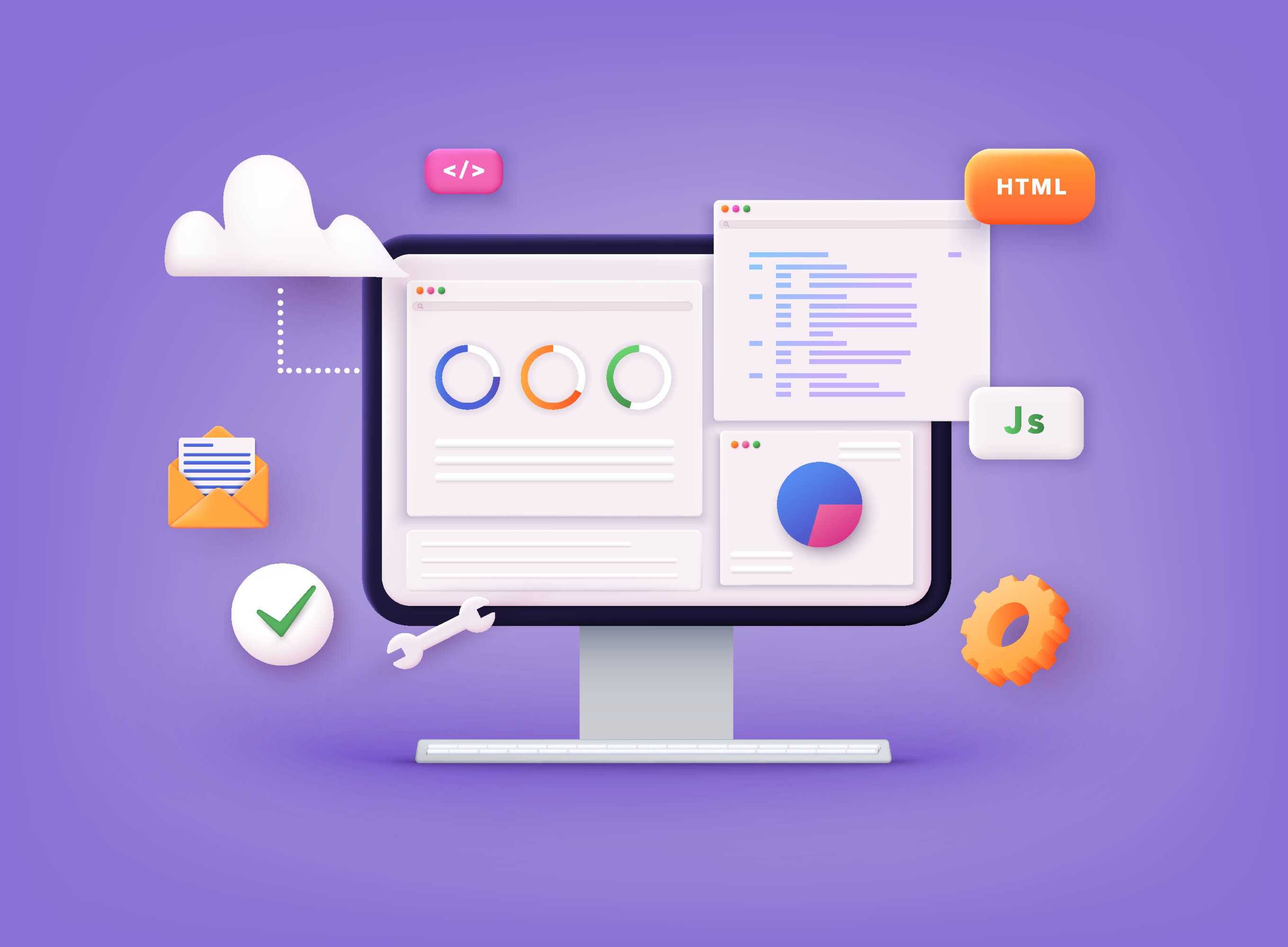
It's easy to get stuck building simple projects and watching dozens of tutorials thinking you're not good enough or you're not ready to start building real-world projects. But we recommend you move on to the next step of building a project using the previous knowledge gained from building basic challenges.
- Practice with Real-World Projects
A personal approach I use is to look out online or on YouTube for videos containing how to build a real-world application using the technologies I am currently learning.
With this approach, since you're experienced with the basics of the programming already, you should be able to follow along to replicate the project in the tutorial. You can repeat again several times to fully understand how everything comes together to form a full fledged project.
You can start by searching for tutorials on projects like developing a simple To-do list, simple blog, photo gallery web app, resume builder, basic project management app, etc.
- Pick a Framework
Once you get hands-on experience building real-world projects you’ll begin to understand the curves that connect the dots together with your server-side language of your choice. You're now ready to move on by choosing a favorable framework in your server-side programming language of choice and start building more practical projects.
In PHP, there are frameworks such as Laravel, Phalcon, Codeigniter, and Symfony to choose from while JavaScript has Express, AdonisJS, NestJs and a host of typescript frameworks to start with.
We can't decide a framework for you, but this content on backend frameworks gives a detailed overview of what you need to know before choosing a backend framework.
- Build real-world APIs with Framework and Database
After deciding on the framework to learn, it's time to take practicing to a new level. Here you look out for projects with real-world value and intensive use of databases to build. You can even build your microSaaS startup at this stage.
The framework you choose should give you a foundation to build industry standard APIs using either Rest or GraphQL. It should also expose you to best practices and strict industry design patterns in designing scalable enterprise applications.
3. Learn Advanced Skills
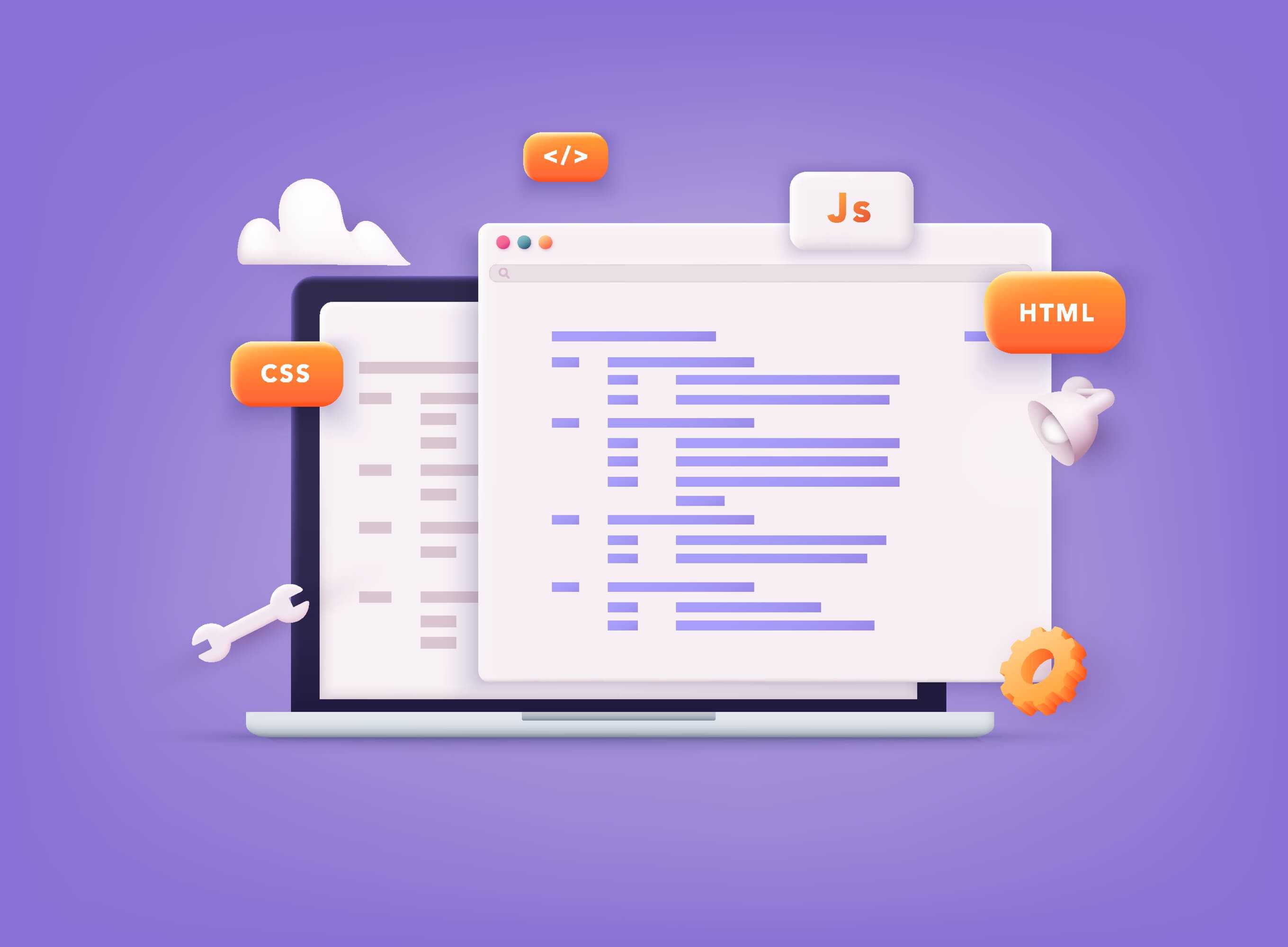
Learning advanced skills in backend development helps you master your craft. However, the most important thing is to practice what you learned in the intermediate level. Keep on practicing until you become proficient and confident in your understanding and abilities.
When you are ready to advance, learning the skills below will make sure you stay afloat in your backend development career. Below are the list of advanced concepts you need to know as a backend developer:
- Learn APIs design
API design strategy is a very important concept because it allows you to create a generic API that can easily be integrated into any application without confusion.
What API design does is to show you how to name your endpoints, how to format your response, how to format your error response and more.
You can learn more about the Swagger OpenAPI Specifications and learn the best way to arrange your APIs.
- Learn Caching Strategies
Caching is very important in backend development as a good caching strategy can boost the performance of your backend API and help respond to requests faster.
We definitely recommend that you check out different caching strategies and how to implement them in your chosen server-side programming language.
- Learn Different Web Securities
According to K2 Cyber Security, vulnerabilities increased by almost 10% in 2021 and it's rising. So the need for backend developers to learn web securities to help mitigate these security vulnerabilities in their application is paramount.
The best place to learn web security for beginners is to review the OWASP Top Ten security standard for web application security. It details the top 10 important security measures to secure your web applications.
- Learn Software Testing
Imagine building your application and deploying it to production without testing the application for potential bugs. It will definitely break and users will feel resentful for the application.That's how important software testing is.
In software engineering, software testing is making sure the application in development matches expected requirements.Developers can do this in different ways, either through Unit testing, integration testing, etc.
As a backend developer, it is necessary to learn and master how to write unit tests and test out your application properly before deploying it to production.
- Learn Deployment
Lastly, learning how to deploy your application to different cloud hosting providers and servers is crucial, as you may be tasked with deploying and managing your application on different servers. You can start by deploying your application to the Verpex server with a few clicks and also manage your application directly from the server.
Summary
Backend developers are the brains behind software applications. It requires intensive practice, research and patience to become an expert in this field.
In this article, we have detailed how to start your backend development journey, discussing the different steps you need to take and the advanced skills you need to learn. Now all that is left is to start and to practice.
If you have any questions or suggestions, let me know in the comment section.
Frequently Asked Questions
Can I contact the PHP developers?
Not directly, however, over on PHP.net you’ll find an extensive range of patch update information, forums, and articles that will answer the majority of your technical questions.
Do I need web developer skills to use Shopify or WooCommerce?
No. Both platforms welcome beginners, but you might get more out of WooCommerce’s extensions if you’ve got some previous experience.
Do I need to know how to code to use WordPress?
Definitely not. There’s no need to learn coding, since most WordPress users aren’t developers. There’s many plugins and themes you can use to customize your website without coding.
What content management sytems use PHP?
All of the most popular content management systems are compatible with PHP including, WordPress, Joomla, Drupal, and Magento

I am a software developer who is geared toward building high-performing and innovative products following best practices and industry standards. Follow me: Twitter, Facebook, LinkedIn
View all posts by Solomon Eseme















